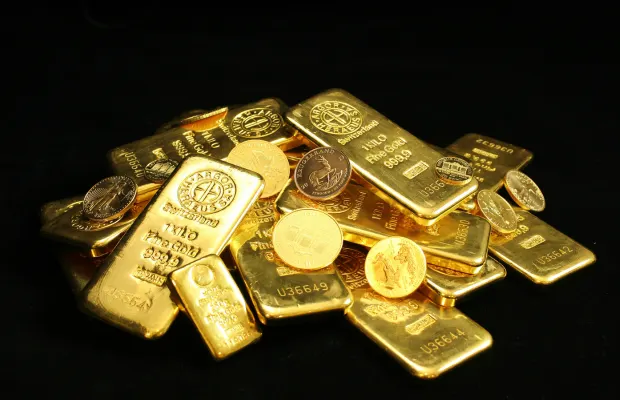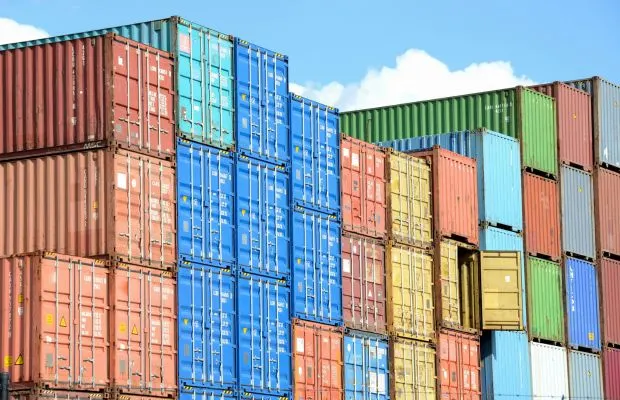What is Mercantilism Economic System?
ECONOMICS AND HISTORY
Mercantilism is an economic theory that was named by Adam Smith and it is used to refer the phase of capitalism between mid-13th century to 18th century. The mercantilism (Merchant Capitalism or mercantilism capitalism) hypothesis that a country is considered wealthy on the basis of amount of gold or silver they possessed.
The theory is based on the assumption that there is a limited amount of gold and silver in the world and the accumulation of gold could make the country rich. Thereby the lack of it would make a country vulnerable. The concept of ‘protectionism’ was core of mercantilism and policies were aimed at achieving competitive advantage in trade.
According to Mercantilism, a country can become rich by two ways-by exporting more than importing, in simple terms-spending less on buying and earning money by selling. The second method is by invading and plundering the country’s gold and resources to increase wealth.
Many European nations and Britian followed this type of capitalism, for example- The Dutch East India Company invading Indonesia, The East India Company invading various countries in Asia and Africa, etc. While the merchants and trading companies play a important role in earning money, the supreme control lies with the state.
The state would make decisions related to trade and commerce.

WHY DID MERCANTILISM BECOME POPULAR?
The rise of Mercantilism was only possible due to acceptance of money economy which made trade between nations easily. By that time, numerous trade routes had already been established which allowed a smoother facilitation of movements and with the money economy country can trade without worrying about difference in currencies.
The towns on these travel routes were growing under booming economy sourced by the travels, making it a trade and commerce hub. The rise of infrastructure allowed banking system to take root and made the commerce activities more accessible. It allowed a person to withdraw money from different places as long as the branch of the bank was built in that town.
The technology also advanced and the networks allowed flow of new information. The advancement was mainly seen in the form of larger and swifter ships with more efficient engines. The ships would transport more goods at a time and reduce logistics (shipping) expense.

MERCANTILISM AND TRADE
Mercantilism theory main belief is that a country should maintain a trade surplus (the country’s exports should be higher than imports) and the money should flow in, even at the expense of other country.
But in the modern world, the international trade is not as simple as maintaining a trade surplus, the scenario is much more complex.
To maintain a trade surplus, the country imposes high import tariffs, increase exports as well as developing a country’s infrastructure can reduce export prices, making it cheaper and attractive in price-competitive market. The other way is to devalue the country’s currency.
While the trade surplus might increase, on the negative side with no competition from foreign market, the domestic companies might increase prices and the inflation will increase. Some companies and the global chain companies who rely on imported raw material might suffer and the consumer prices will rise as the production cost will increase.
In a long run, the foreign investment will decrease and the impact of the rising prices will be burnt by the consumer. Therefore, the whether to have negative or positive sum trade depends on the country’s economic goals and the industries it wants to protect.
IS MERCANTILISM STILL RELEVANT?
Some examples of Mercantilism in the modern world are-
- Donald Trump raised the tariffs in 2018 and in 2025 to drive American economic growth and sell goods rather than buy (though the effect was not as he wanted to be). In return, in 2018 many countries raised the tariffs as well and it began U.S-China Trade War.
- China is one of the largest exporters in the world and when its currency is devalued, it gained advantage in international market. In 1994, China gained exports because of Asian Financial Crisis when its currency was devalued.
Citation
Arora, Sarthak. (2020). Mercantilism and its Relevance today.
Herlitz, L. (1964). The concept of mercantilism, Scandinavian Economic History Review, 12:2, 101-120, DOI: 10.1080/03585522.1964.10407639
Chisanga, Arthur & Kachinda, Wezi. (2024). The Relevance of Mercantilism in the Third World’s Quest for Economic Growth. DOI: 10.13140/RG.2.2.11218.98240.
(2024). What Is Mercantilism?. Investopedia.
Gómez-Diaz, Donato. (2007). Mercantilism (Economic History).
(2020). Cause for the Rise of Mercantilism-MERCANTILISM AND THE ADVENT OF COMMERCIAL REVOLUTION. Patna University.
International trade and economy: A historical perspective. (2024). Seven Editora.
The Impact of China Devaluing the Yuan in 2015. Investopedia.
